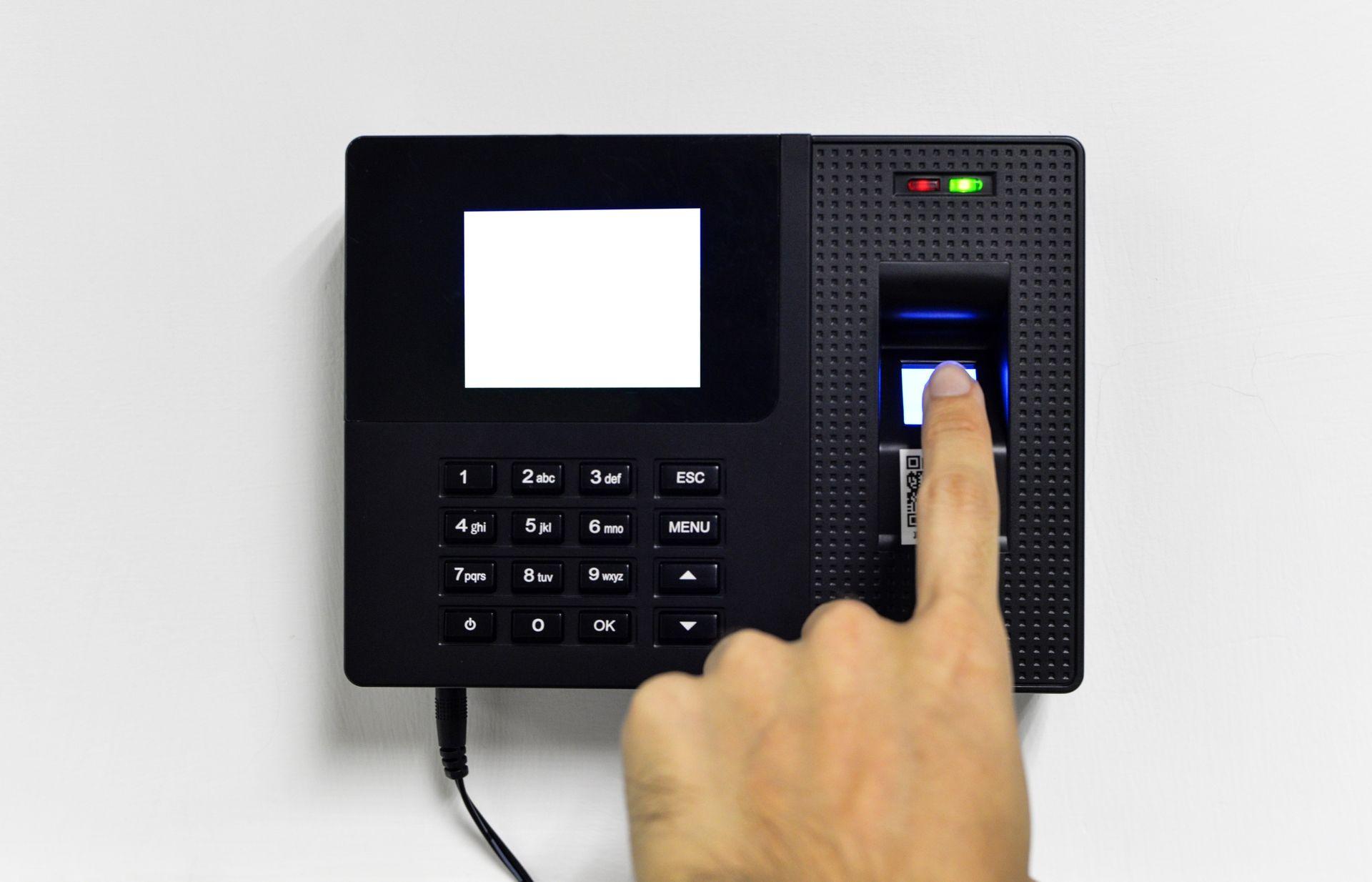If you think that your servers that are not connected to any network in a local environment are safe, you are wrong because tailgating attacks, an old but effective way threat actors use to access data or information of a company, can still target your sensitive data.
We are actually familiar with this method, which is based on the manipulation of human psychology, from spy movies. Bond sneaks in through a door following someone, makes a persuasive speech to the security guard who welcomes him inside, and achieves his goal. Isn’t the scenario too familiar? But what if this becomes a method to be used for cyber attacks?
As a matter of fact, this method, which is the reason why many big tech companies transfer their physical servers to the cloud over time, is still valid even in 2023. Let’s take a look at how tailgating attacks can harm your business, the methods it uses, and how you can protect yourself.

What is a tailgating attack?
A tailgating attack in cybersecurity is a type of social engineering attack in which an unauthorized person gains access to a secure system or facility by following closely behind an authorized person. This can be done by simply following the authorized person through a door that is held open, or by using a stolen or cloned access card.
This breach attempt, which has been the subject of many spy movies, has been overshadowed by ransomware and malware attacks in cybersecurity nowadays, but physical access to the servers of large companies by threat actors can cause a very serious problem.
After a successful tailgating attack, threat actors who gain access to the servers and databases of companies can keep malware on the servers for weeks or even months and access the data in the database whenever they want therefore, tailgating attacks are a serious security risk because they can allow unauthorized individuals to gain access to sensitive information, equipment, or even people.
Tailgating attacks can be successful because they exploit human psychology. Authorized people are often more likely to let someone into a secure area if they are following closely behind another authorized person. They may also be more likely to let someone into a secure area if they are impersonating a trusted individual.
Scientific basis of tailgating attacks
Social engineering is a form of psychological manipulation aimed at deceiving individuals into divulging confidential information or gaining unauthorized access. Tailgating, specifically, is a social engineering tactic used in physical security breaches.
The process of a tailgating attack typically involves several steps. Let’s go through a tailgating scenario:
First, the attacker observes their target extensively, gaining insight into their routines, dress code, and security procedures. When a target approaches a secured area, such as a corporate office, the attacker positions themselves nearby, waiting for an authorized person to enter or exit. To gain trust, the attacker employs various psychological tactics, like pretending to be in a hurry or carrying a heavy load.
They may then request assistance from the authorized person, asking them to hold the door or grant access, often by creating a false sense of urgency. If the target complies, the attacker gains access to the secure area without proper authorization.

Tailgating attackers utilize various psychological techniques to achieve their goals. They may invoke the principle of reciprocity, leveraging the human tendency to reciprocate kindness. By requesting help, they create a sense of obligation in the target.
Additionally, attackers may employ authority, using props or uniforms to appear as if they belong in the secured area, exploiting the target’s perception of their legitimacy. The creation of a false sense of urgency can pressure the target into granting access without critical thinking, and building a brief but convincing rapport fosters trust between the attacker and the target.
In this scenario, in the blink of an eye, it could be too late, because extracting data from the most secure and offline databases or installing spyware/malware on them can now be done in seconds, unlike waiting for a timer in old espionage movies.
Who is at risk of tailgating attacks?
Tailgating attacks are a threat to various companies, especially those that:
- Have a large workforce with frequent movement in and out of their premises
- Feature multiple access points to their buildings, increasing the potential entry points for attackers
- Regularly receive deliveries of food, packages, documents, or other items, which can create opportunities for unauthorized access
- Employ a significant number of subcontractors, who may not be as closely monitored as full-time employees
- Lack comprehensive training for their employees in both physical and cybersecurity protocols
In general, companies that have implemented robust security measures such as biometrics, access badges, and other identity and information security measures are better equipped to defend against tailgating attacks.
These security measures significantly reduce the risk of unauthorized access by individuals attempting to exploit human vulnerabilities in the access control process.
Don’t say it won’t happen to me
Preventing tailgating attacks is essential for maintaining the security of controlled access areas. To achieve this, organizations can implement a multi-faceted approach.
Employee training
The first line of defense against tailgating attacks is a well-informed workforce. Organizations should provide comprehensive training to employees, educating them about physical security and the risks associated with tailgating attacks.
It is crucial to raise awareness among employees about the importance of adhering to security protocols and the need to be vigilant against social engineering tactics, which are commonly used in tailgating attacks.
Access control systems
Implementing robust access control systems is paramount. These systems require employees to use access cards or badges to enter secured areas, limiting unauthorized access. Regular maintenance and auditing of these systems are essential to ensure their effectiveness in preventing tailgating incidents.
Although the 23andMe breach has shown us the dangers of keeping biological IDs in cloud systems, integrating biometric verification techniques, such as fingerprint or facial recognition, can add an extra layer of security by ensuring that only authorized individuals gain access as biometric data is unique to each individual and inherits a high accuracy of verifying a person’s identity.

Visitor verification
Verification of the identity of individuals requesting access, especially those who are not recognized as employees, is critical. Employees should be encouraged to verify the authenticity of visitors by contacting security or the person they claim to be visiting. This step adds an additional layer of security and helps prevent unauthorized access.
Video monitoring and CCTV
The deployment of video monitoring and closed-circuit television (CCTV) systems serves as both a deterrent and a means to record access points. These systems can capture and document incidents, providing valuable evidence in case of security breaches.
Regularly reviewing CCTV footage can help identify and address potential vulnerabilities.
Security awareness culture
Fostering a security-aware organizational culture is fundamental. Organizations should encourage employees to report any suspicious individuals or incidents promptly. Regular security reminders and drills can reinforce the importance of security awareness and vigilance among employees.
Additionally, maintaining digital hygiene, which includes practices such as regularly updating security software, using strong and unique passwords, and being cautious about phishing attempts, can complement physical security measures and reduce overall security risks.
As you can see, tailgating attacks, though less publicized, pose a substantial risk to the sanctity of sensitive data, infrastructure, and even human safety. Battle against digital threats rages on, but it’s imperative not to overlook the vulnerabilities that lurk at the physical gates.
Featured image credit: freepic.diller/Freepik.





